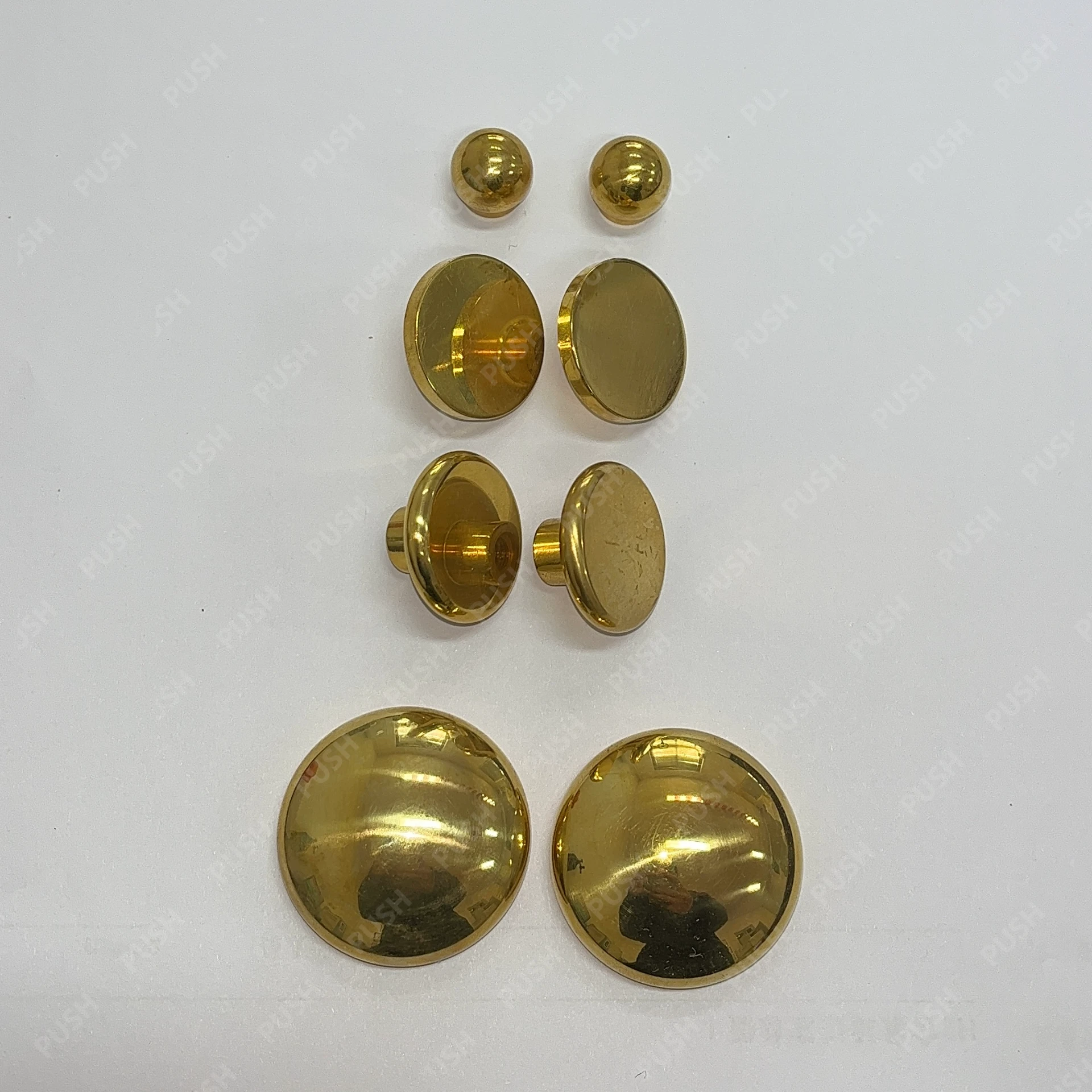 English
English


DC Resistance Tester for Winding Evaluation and Analysis in Electrical Applications
Understanding DC Winding Resistance Testers Importance and Applications
In the realm of electrical engineering and maintenance, the integrity and efficiency of electrical windings, particularly in motors and transformers, play a critical role. One of the vital tools employed to ensure the reliability of these components is the DC winding resistance tester. This device is essential for diagnosing issues and performing maintenance tasks, ultimately contributing to the longevity and performance of electrical systems.
What is a DC Winding Resistance Tester?
A DC winding resistance tester is an instrument specifically designed to measure the resistance of electrical windings in motors, transformers, and other inductive devices. By applying a known direct current (DC) through the winding, the tester calculates the resistance based on Ohm's law, allowing technicians to evaluate the condition of the windings.
The resistance of the windings can provide significant insights into their health. Variations in resistance can indicate issues such as short circuits, open circuits, or degradation due to age and thermal stress. Thus, the tester acts as a diagnostic tool critical for preventative measures in electrical maintenance.
Importance of Winding Resistance Testing
1. Preventative Maintenance Regular testing of winding resistance helps identify potential problems before they lead to failures. Electrical equipment that undergoes regular checks will inevitably have a longer lifespan and performance stability.
2. Condition Monitoring By tracking resistance values over time, engineers can detect trends or anomalies that may indicate insulation breakdown or wire corrosion. This ongoing monitoring allows for more strategic maintenance decisions.
dc winding resistance tester

3. Thermal Stress Analysis High temperatures can increase winding resistance, which can significantly affect performance. Testing helps in identifying windings that may be subjected to unfavorable thermal conditions, thereby enabling timely interventions.
4. Safety Assurance Failures in motor and transformer windings can lead to hazardous situations, including fire or equipment damage. Testing ensures the equipment is operating safely and effectively.
How to Use a DC Winding Resistance Tester
Using a DC winding resistance tester involves several straightforward steps. First, the equipment should be calibrated according to the manufacturer's specifications. Once ready, the technician connects the tester to the winding terminals, ensuring secure contacts. After setting the appropriate current level, the test can be initiated by the operator. The resulting resistance value will be displayed on the tester, which should be compared against the acceptable limits provided by the manufacturer or referenced standards.
It's important to note that during testing, the winding should be de-energized and isolated to prevent any electrical hazards. Furthermore, the environmental conditions, such as temperature and humidity, can affect the readings and should be accounted for in the analysis.
Conclusion
DC winding resistance testers are indispensable tools in the maintenance and evaluation of electrical windings in various applications. From ensuring operational safety to enhancing equipment longevity, the importance of regular winding resistance testing cannot be overstated. With advancements in technology, modern testers provide enhanced accuracy, data logging capabilities, and user-friendly interfaces, making it easier for technicians to perform effective diagnostics and maintenance. As the electrical industry continues to evolve, the reliance on tools such as the DC winding resistance tester will undoubtedly remain a cornerstone for effective equipment management and reliability assurance.
-
Differences between open cup flash point tester and closed cup flash point testerNewsOct.31,2024
-
The Reliable Load Tap ChangerNewsOct.23,2024
-
The Essential Guide to Hipot TestersNewsOct.23,2024
-
The Digital Insulation TesterNewsOct.23,2024
-
The Best Earth Loop Impedance Tester for SaleNewsOct.23,2024
-
Tan Delta Tester--The Essential Tool for Electrical Insulation TestingNewsOct.23,2024





